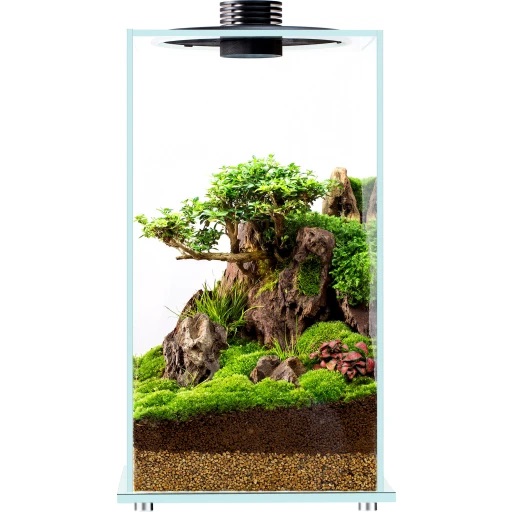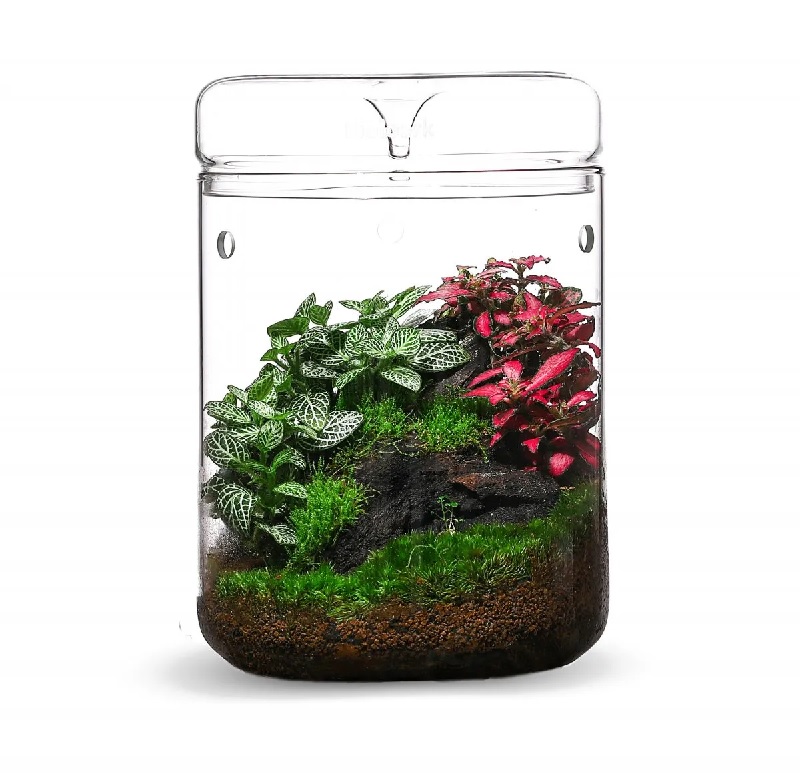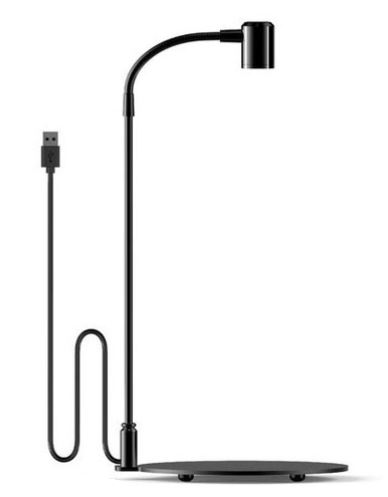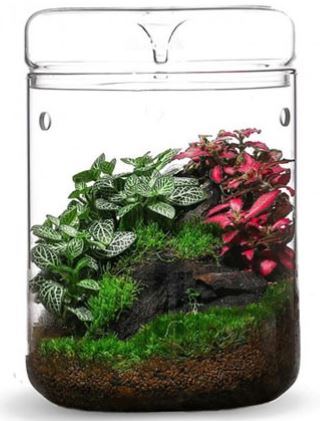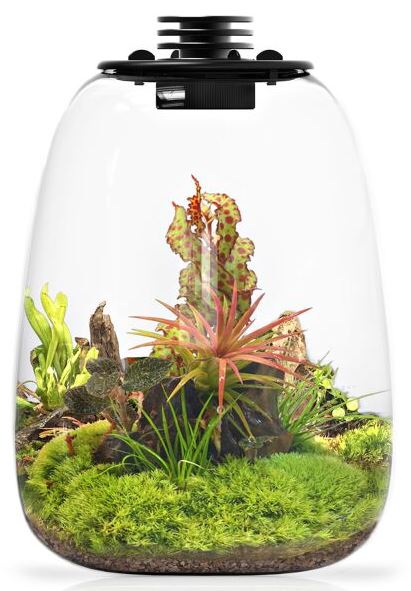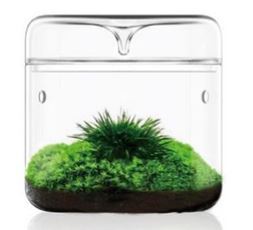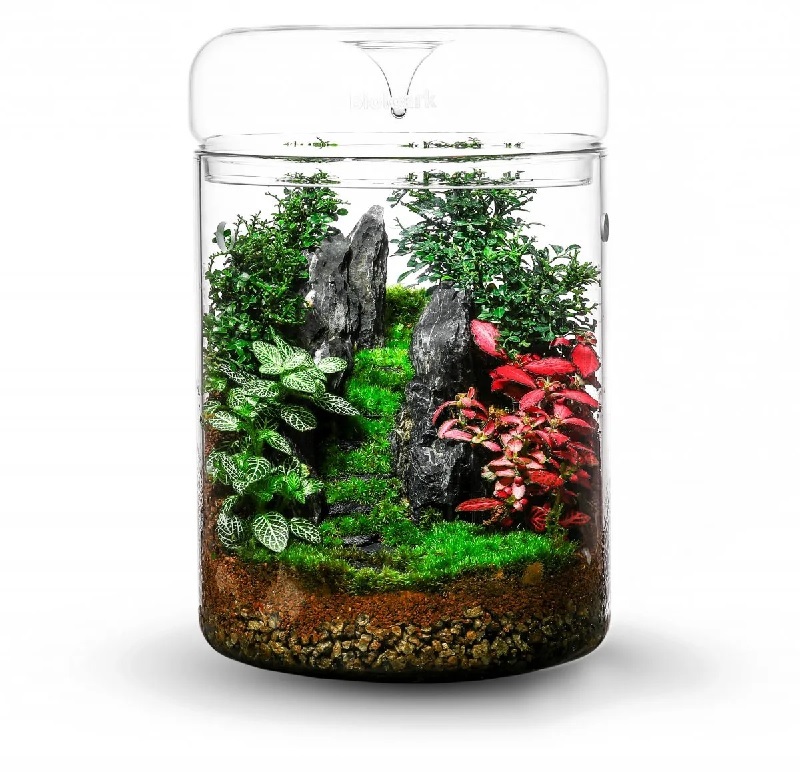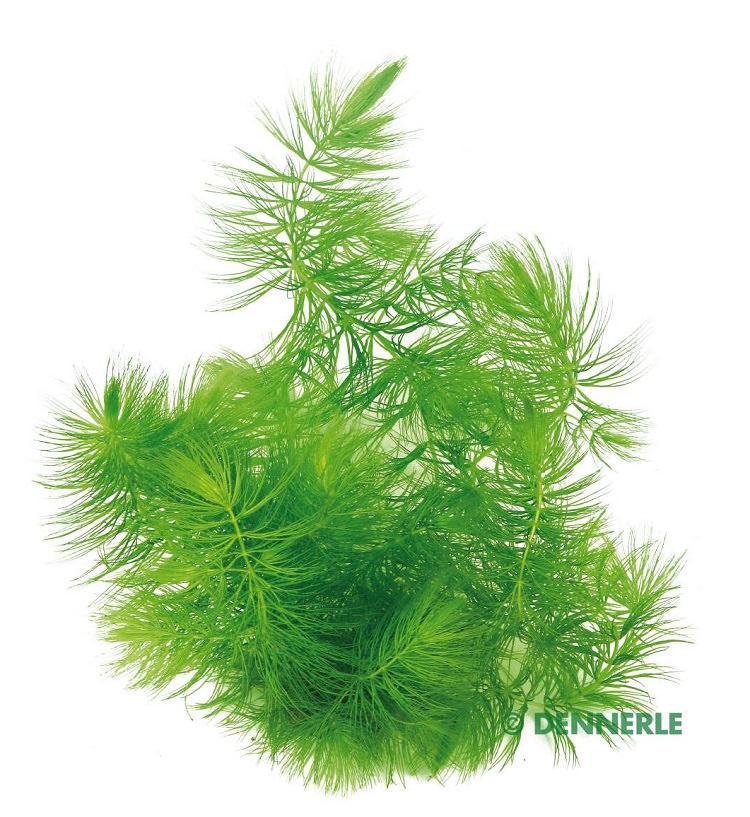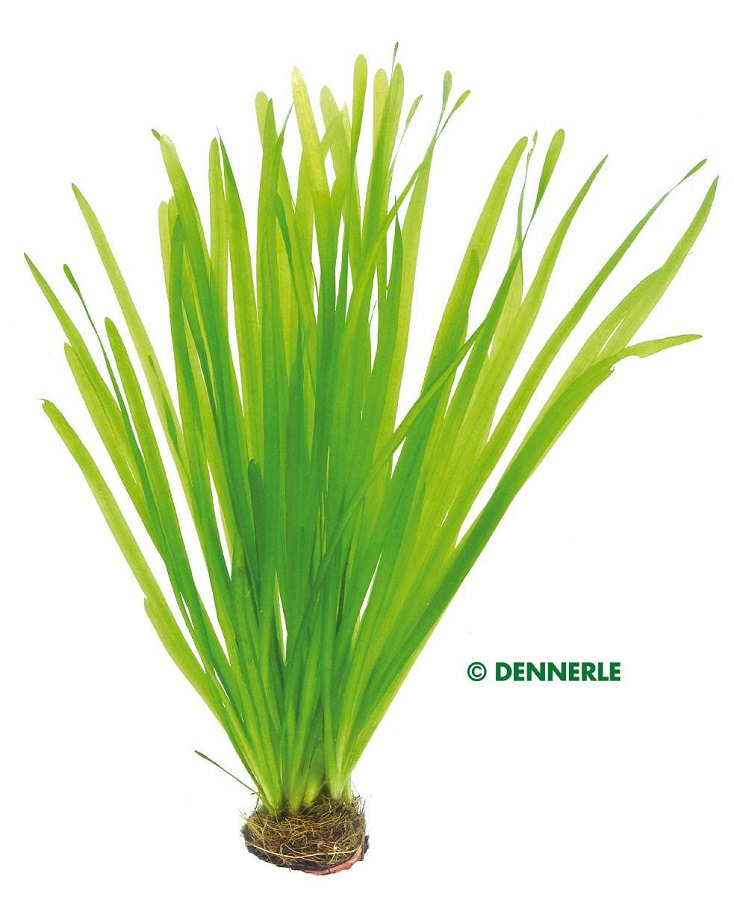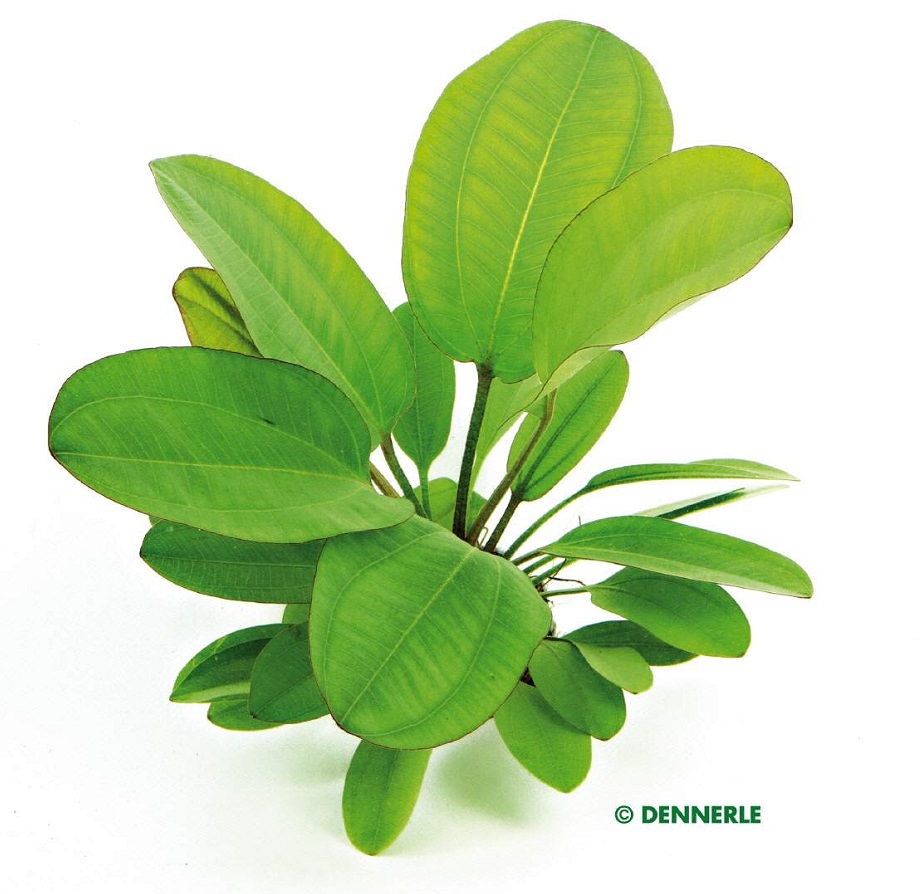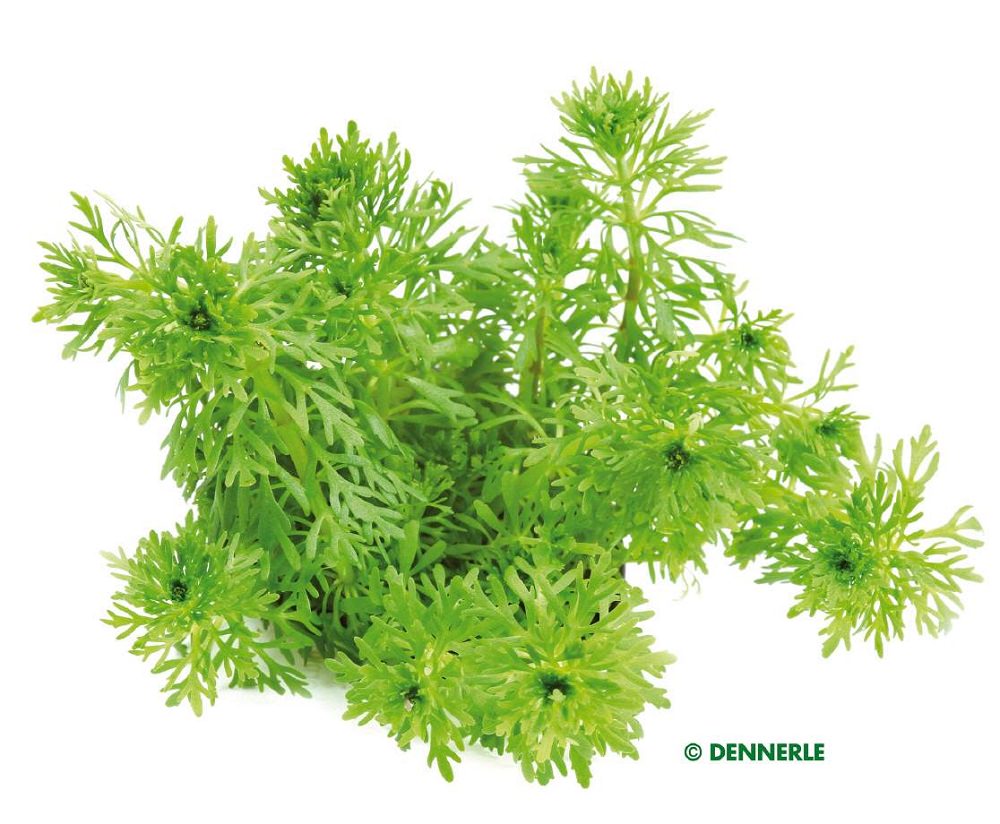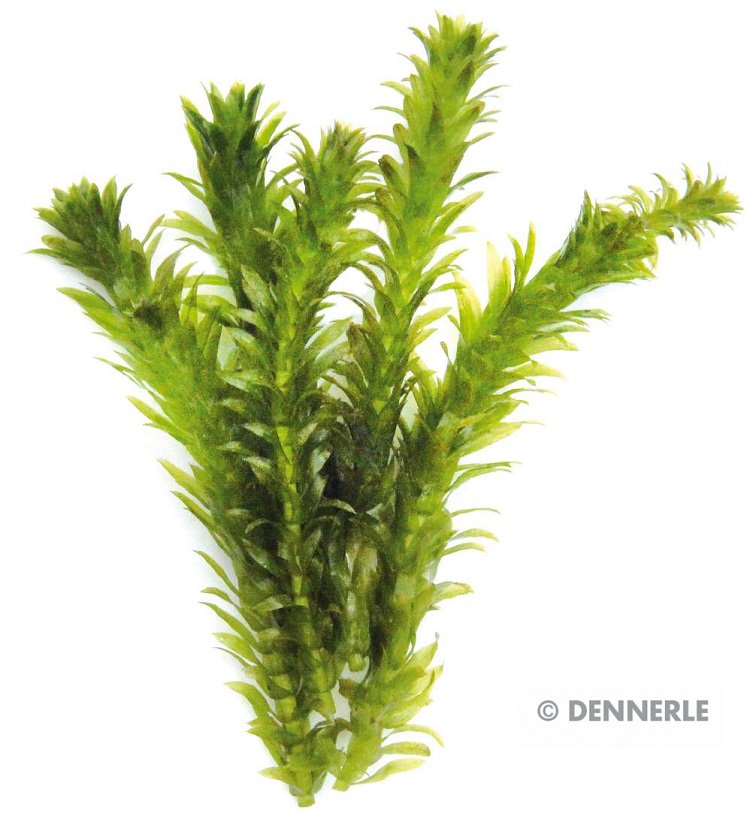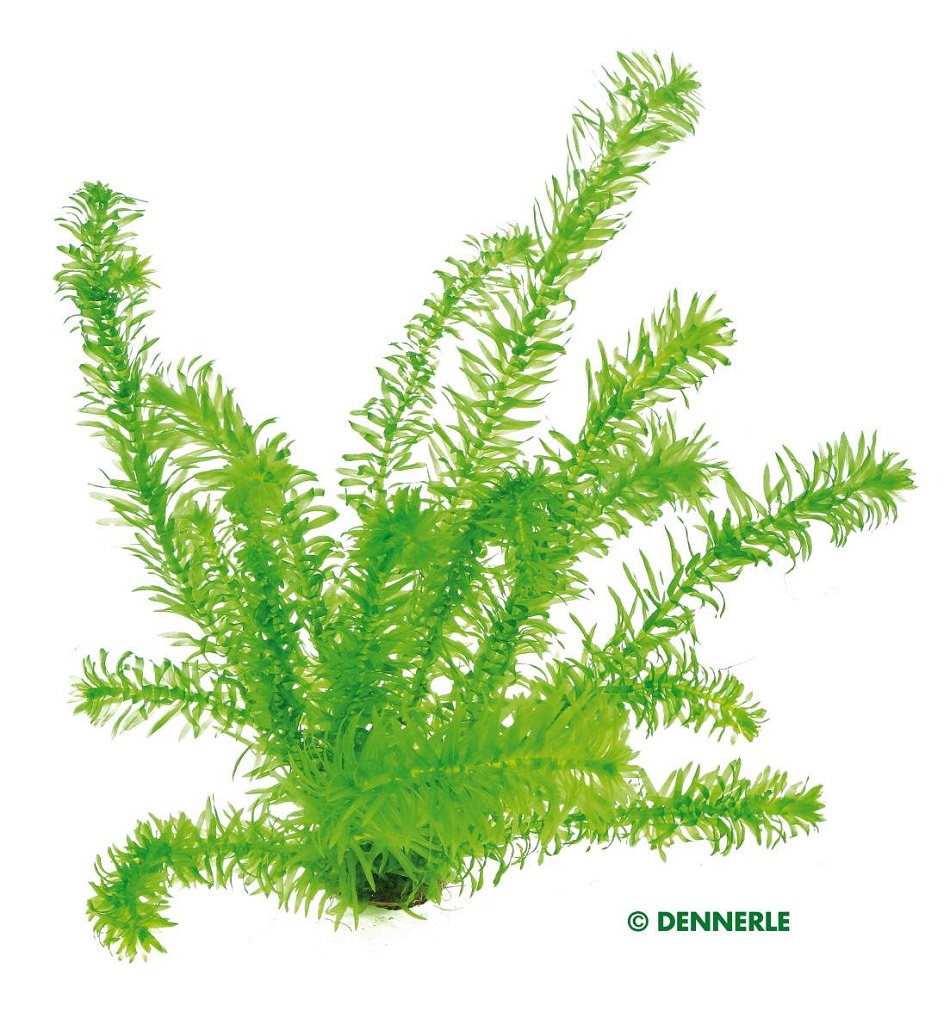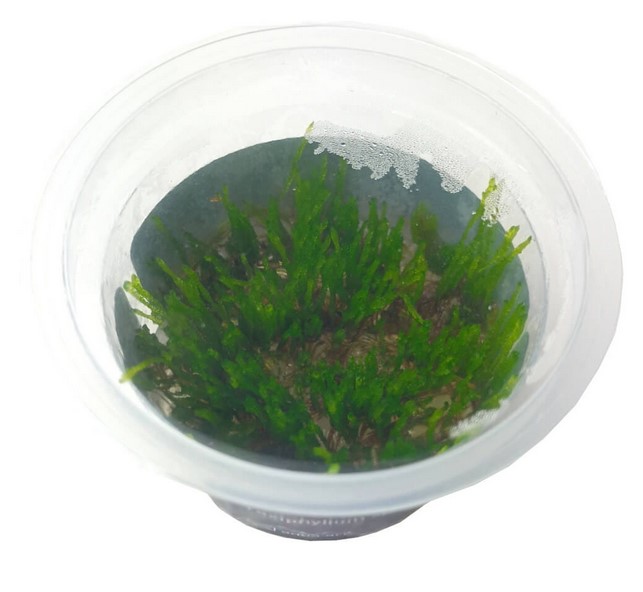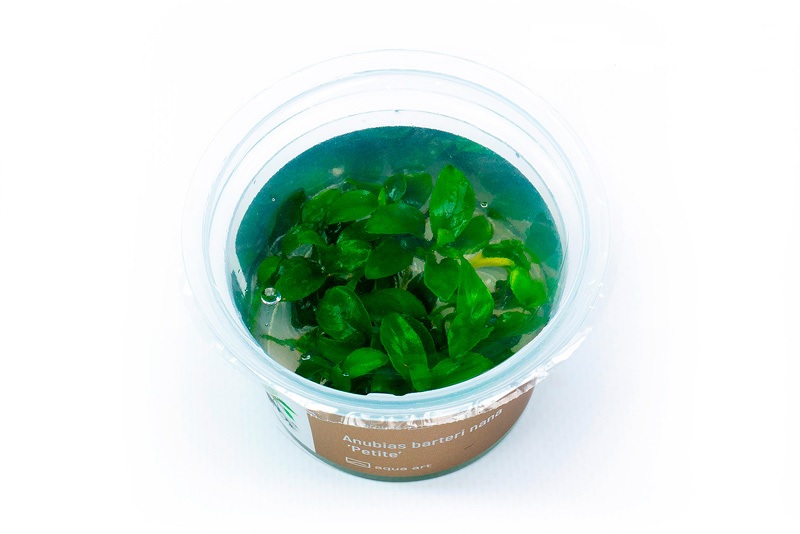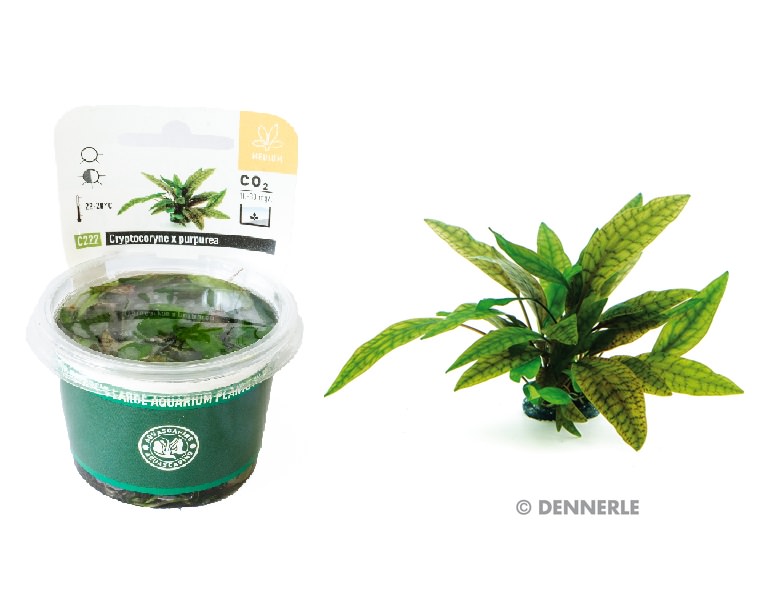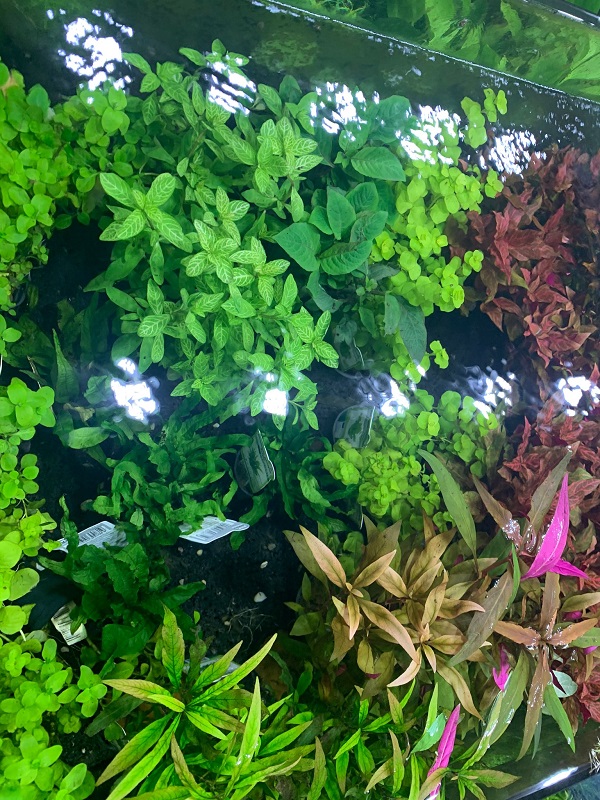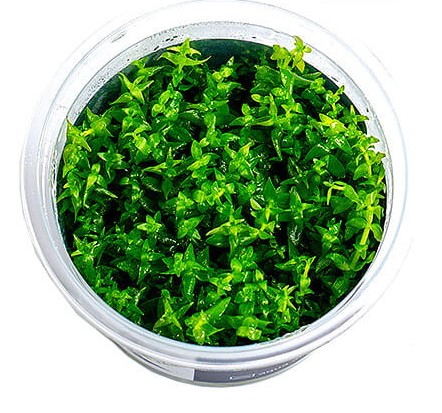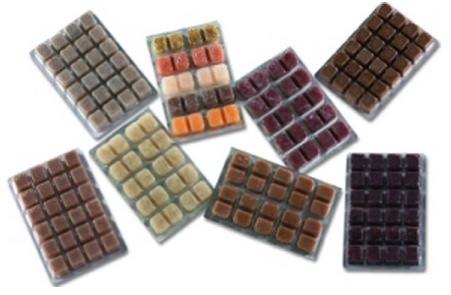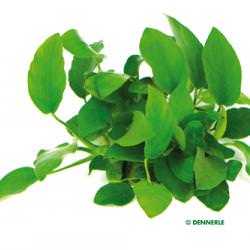

| Quantity | Unit price |
|---|---|
| To 4 |
CHF11.50
|
| To 9 |
CHF9.50
|
| From 10 |
CHF7.90
|
Stock: 0
Available in 1-3 days, acquisition time 14 days

Anubias barteri nana - Zwergspeerblatt mehrtriebig
Dennerle A21
| max. Wuchshöhe | 5 - 10 cm | Herkunftsland | Westafrika |
|---|---|---|---|
| Eignung | Aquascaping, Barschaquarium, Gesellschaftsaquarium, NanoCube | Typ | Aufsitzerpflanze |
| Familie | Araceae | Gattung | Anubias |
| Vermehrung | Teilung des Rhizom | Wuchsgeschwindigkeit | langsam |
| pH | 5 - 9 | Wasserhärte | 0 - 30 °dh |
| Hinweise | Auf einen Stein oder eine Wurzel aufbinden. | ||
Das Zwergspeerblatt, so der deutsche Handelsname, gehört zu den beliebtesten Aquarienpflanzen überhaupt. Es ist eine ausgezeichnete Vordergrundpflanze bei geringstem Pflegeanspruch. Beim Einpflanzen muss auf das Rhizom geachtet werden. Dieser verdickte Spross darf nicht mit Bodengrund bedeckt sein. Optimal wächst die kleine Anubias aufgebunden auf Steinen und Wurzeln (siehe Mbuna-Bäume auf Seite 78). Sehr oft werden die Zwergspeerblätter bei Cichliden aus dem Malawi- und Tanganjikasee verwendet. Hier sehen sie besonders dekorativ zwischen den Steinaufbauten aus.
| Aquarium: | Barschaquarium, Gesellschaftsaquarium, Landschaft/Aquascaping, Nano Aquarium |
|---|---|
| Eigenschaft: | Aufsitzerpflanzen |
| Eigenschaften: | Aufsitzerpflanzen |
| Gattung: | Anubias |
| Herkunft: | Afrika |
| Stand: | Im Vordergrund |
| Wachstum: | langsam |
2 of 2 reviews
5 out of 5 stars
Login
October 16, 2020 16:51
un bon nombre et de bonne qualité.
un bon nombre et de bonne qualité.
September 24, 2018 12:17
Sehr gut...
Sehr gut
Suggested products
Customers also bought
Customers also viewed


